Surrounded by two deserts, 3,000 years old Yazd is known for mud-brick houses, wind towers or badgirs built on the rooftop of its houses, and beautiful weavings created by its craftspeople. Yazd is located midway between Isfahan and Kerman, 690 kilometres (427 miles) southeast of Tehran. The city has escaped the modernisation that destroyed many other traditional mud-brick cities. Partially covered alleyways together with streets, public squares and courtyards contribute to a pleasant urban life. Even though there are three different religions in Yazd—Islam, Judaism and Zoroastrianism—the people of Yazd coexist peacefully. Check out my list of sights worth seeing in this beautiful city.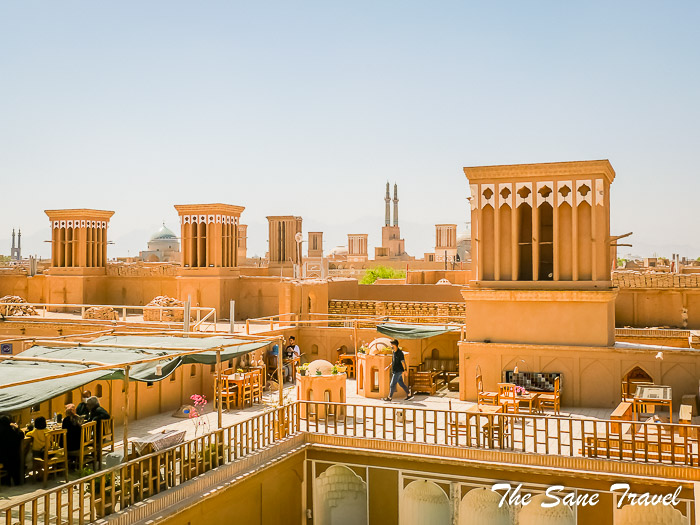
UNESCO Heritage Sites in Yazd
Travellers can visit three UNESCO Heritage Sites in Yazd. Firstly, the historic city of Yazd, was added to the UNESCO World Heritage List in 2017. Secondly, the Qanat of Zarch is one of eleven Persian Qanats added to the UNESCO World Heritage List in 2016. Finally, Dolat Abad Garden is among nine Iranian Gardens collectively inscribed on the UNESCO World Heritage List under the name of the Persian Garden in 2011. But let me start from the very beginning.
Amir Chakhmaq Complex
Amir Chakhmaq is one of the most significant historic complexes in Yazd. It was constructed in the 15th century by Amir Jalal Addin Chakhmaq, Timurid ruler of Yazd. Many renovations and reconstructions of the complex were done later. The complex includes a mosque, Tekyeh (a place to hold the religious mourning), Sati Fatemeh Mausoleum, Haji Ghanbar Bazaar, Sati Fatemeh Cistern, and Palm and Cistern of Hajighanbar.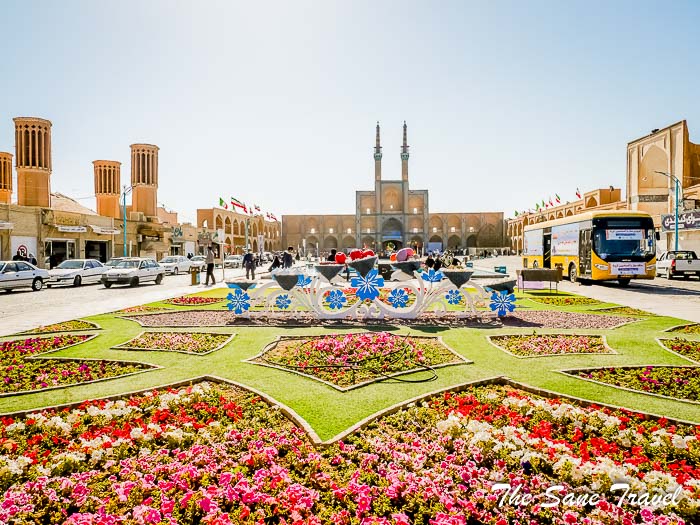
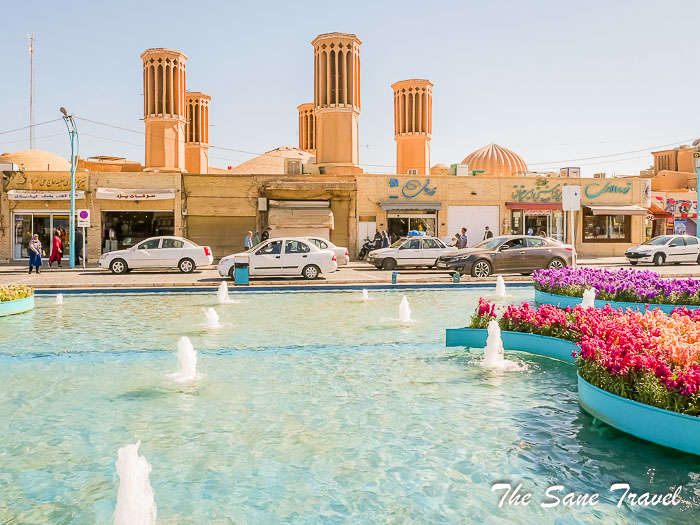
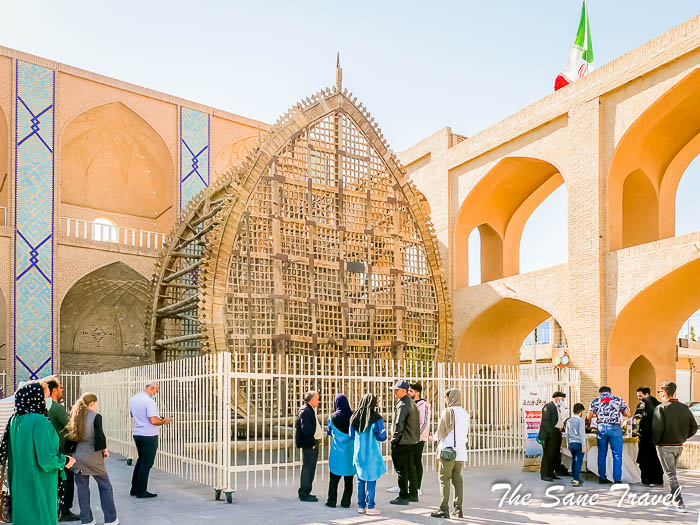
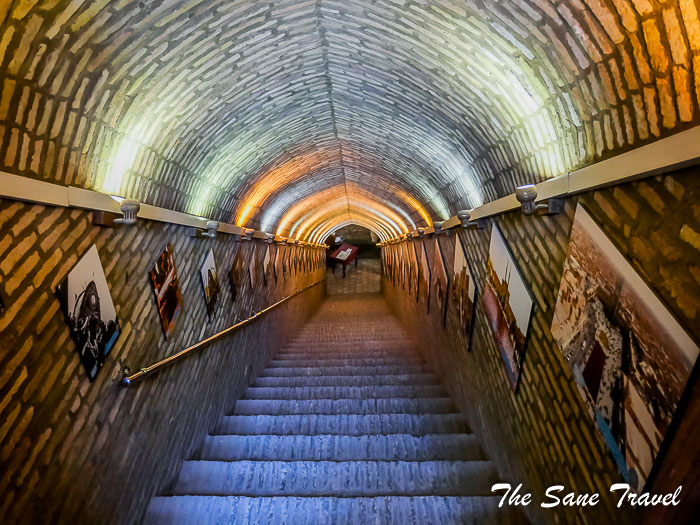
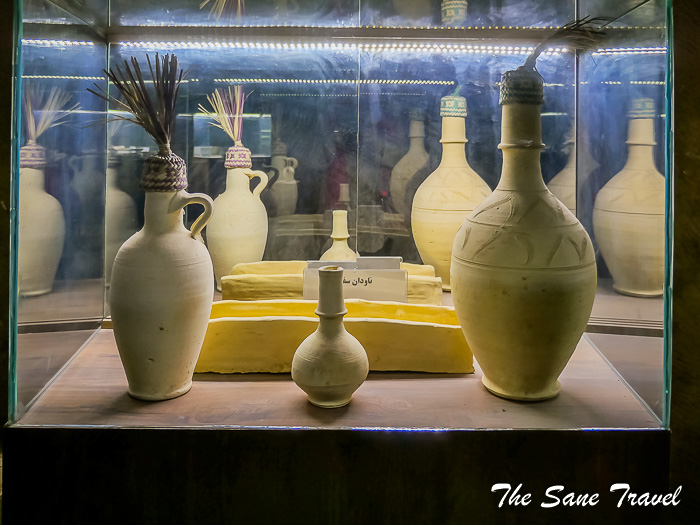 At night, the main building is lit up with orange lighting in the alcoves making it look spectacular.
At night, the main building is lit up with orange lighting in the alcoves making it look spectacular.
Yazd Water Museum
The Water Museum of Yazd is located in the elegant former mansion of the Kolahduz family, dating back to 1887. The stunning five-storey building is built of clay, brick, plaster and wood, with residential spaces covering three wings around the courtyard. 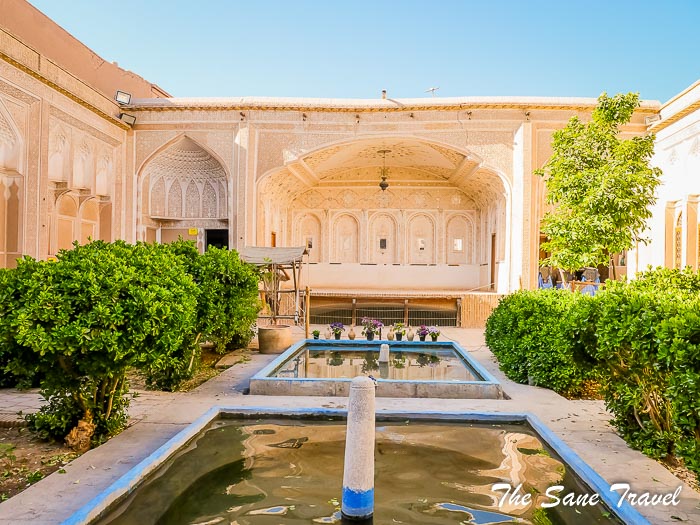 This museum displays the tools and techniques used by Iranians for the past 4,000 years to create underground waterways called qanats and connect them to the city and fields.
This museum displays the tools and techniques used by Iranians for the past 4,000 years to create underground waterways called qanats and connect them to the city and fields.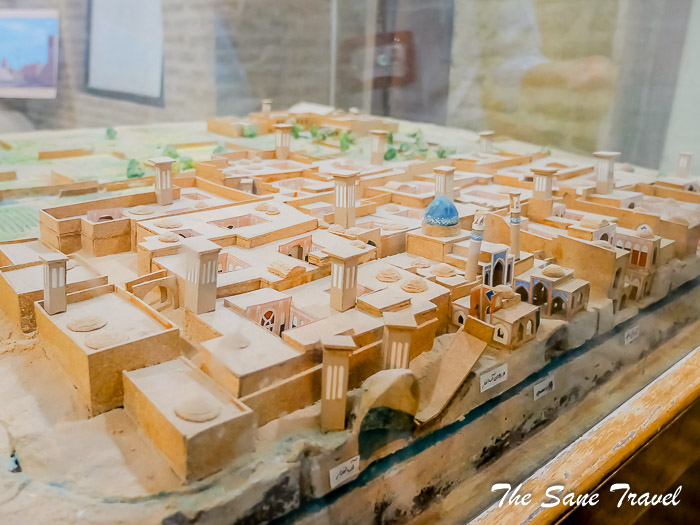
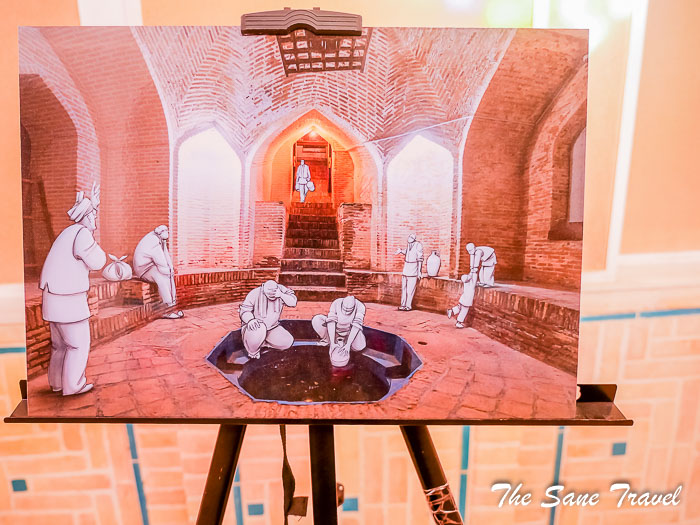 Before the Romans built their aqueducts, the Iranians had built an extensive system of underground qanats. Few of these systems are still functioning today.
Before the Romans built their aqueducts, the Iranians had built an extensive system of underground qanats. Few of these systems are still functioning today.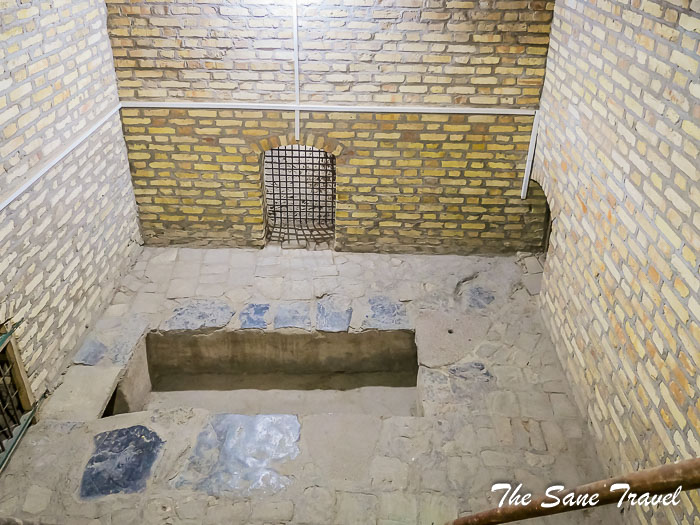 The Museum has more than 200 historic items used in water distribution, such as water measurement devices and lighting devices used in qanats, as well as water distributors’ documents and booklets. Among the most interesting items in the museum is a traditional water clock. It consists of a large bowl and a smaller one with a tiny hole in the middle of the bowl.
The Museum has more than 200 historic items used in water distribution, such as water measurement devices and lighting devices used in qanats, as well as water distributors’ documents and booklets. Among the most interesting items in the museum is a traditional water clock. It consists of a large bowl and a smaller one with a tiny hole in the middle of the bowl.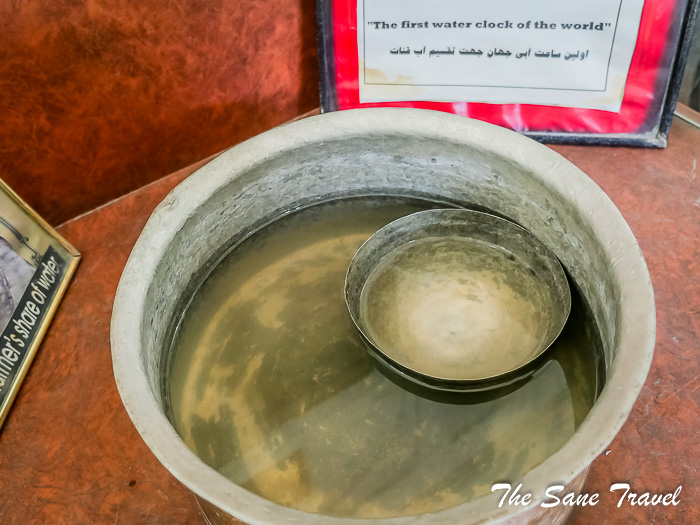
The Qanat of Zarch
The recently-restored Qanat of Zarch is widely known as the world’s longest qanat as it stretches some 80 kilometres (50 miles) across the semi-arid Yazd province in central Iran. The Persians invented qanats were an integral part of ancient Persian culture and civilisation. Dating back to the pre-Islamic era for about 3,000 years, the Qanat of Zarch is one of the oldest in the world. Located in the northeast of Yazd, this qanat starts from the village of Fahraj and runs 30–40 m beneath the surface. It reaches Zarch, where the water is used for irrigation in the lower lands. The Qanat of Zarch has a length of 80 kilometres (50 miles); its mother well is 90 metres (295 feet) deep and has more than a thousand well shafts. It is still functional despite the sharp decline in the aquifer’s water levels. Tourists can walk a part of the qanat by themselves.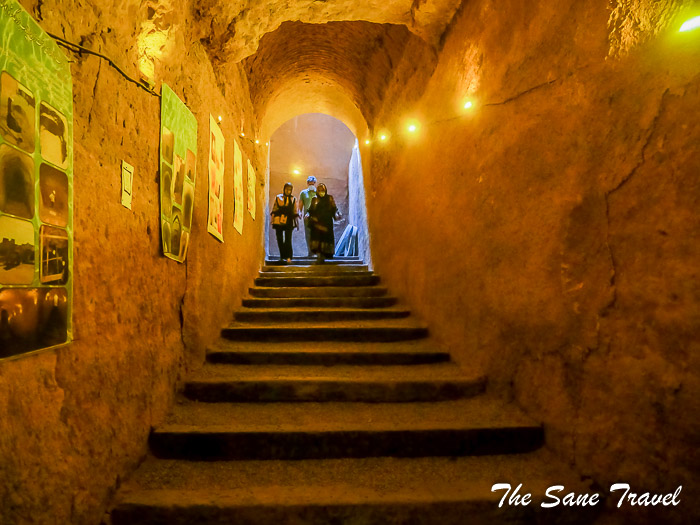
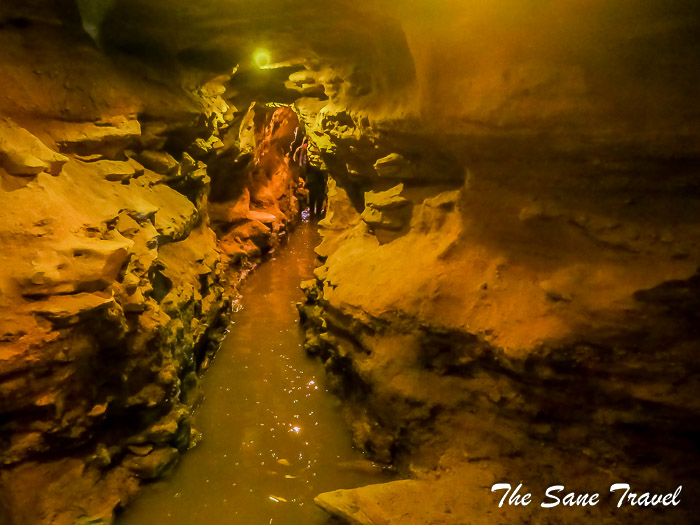
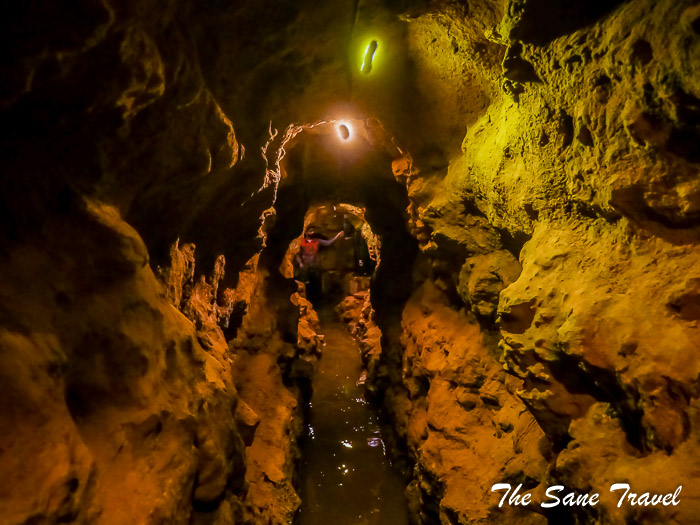 It is one of eleven Persian Qanats added to the UNESCO World Heritage List in 2016.
It is one of eleven Persian Qanats added to the UNESCO World Heritage List in 2016.
Fahaadan Historic Neighbourhood
Fahaadan is the oldest district in Yazd, containing many historic houses, mosques, and schools. In the past, aristocrats used to live in this neighbourhood. Exploring this authentic area is like entering an enjoyable adobe maze where the sweet aroma of clay has filled the atmosphere. 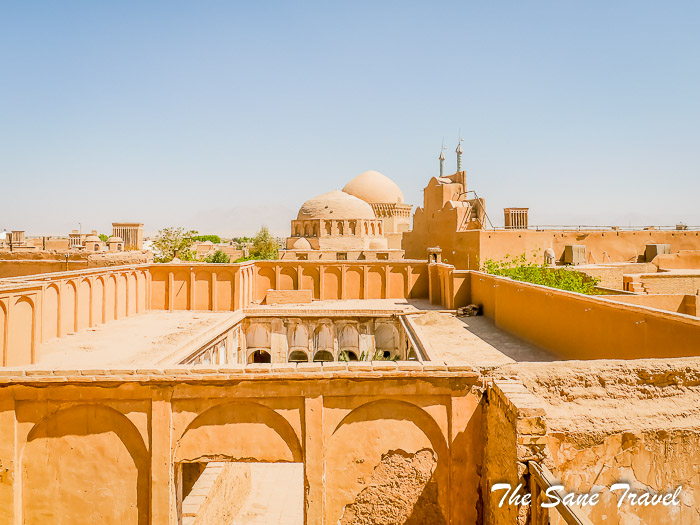
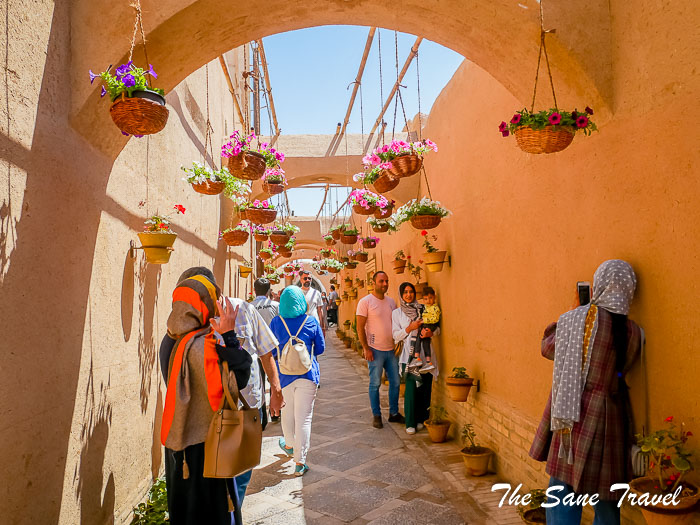 For years, modernisation did not touch the authenticity of this historic neighbourhood. It's a place where visitors can visit stores of local artisans and look for souvenirs.
For years, modernisation did not touch the authenticity of this historic neighbourhood. It's a place where visitors can visit stores of local artisans and look for souvenirs.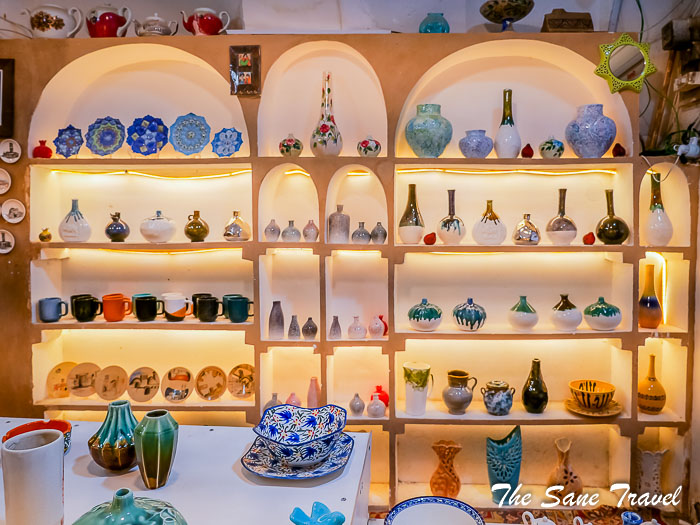
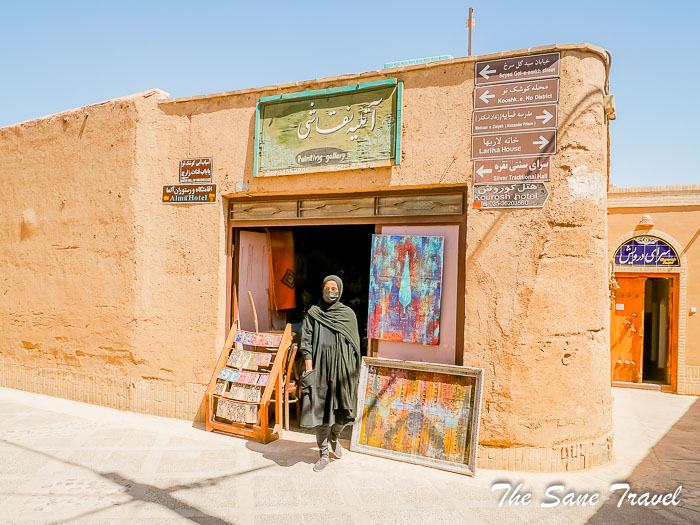
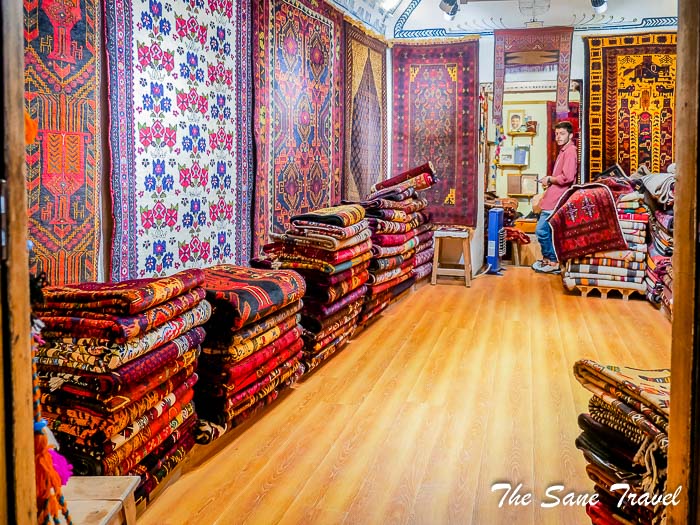 One of the most interesting things about Fahadan is its alleys, which are known as “friendship alleys”. These alleys are so narrow that if two people who hold a grudge against one another were to meet in one of the alleys, they would have no choice but to see each other's faces and say hello, thus perhaps making peace.
One of the most interesting things about Fahadan is its alleys, which are known as “friendship alleys”. These alleys are so narrow that if two people who hold a grudge against one another were to meet in one of the alleys, they would have no choice but to see each other's faces and say hello, thus perhaps making peace.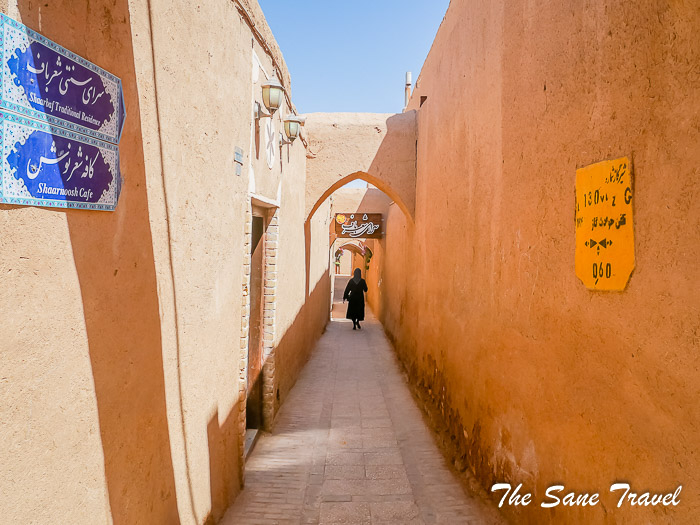
The Jameh Mosque of Yazd
The Jameh Mosque of Yazd is one of Iran’s architectural masterpieces. The current building complex of the mosque has an area of about 10,000 square metres, including the entrance portal, Jelokhan, a spacious courtyard, sidelong porticos of Sahn, Iwan (a rectangular hall or space, usually vaulted, walled on three sides, with one end entirely open), and library. 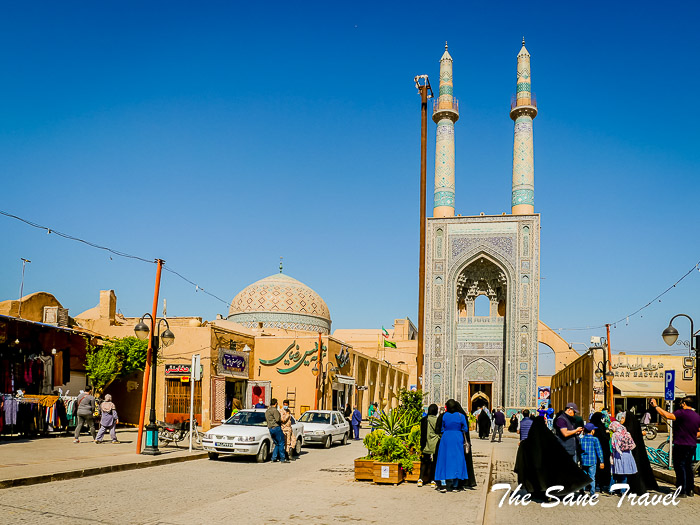
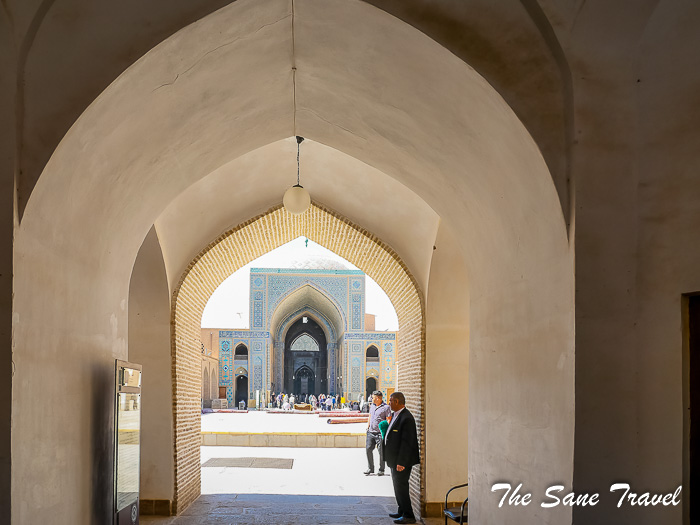
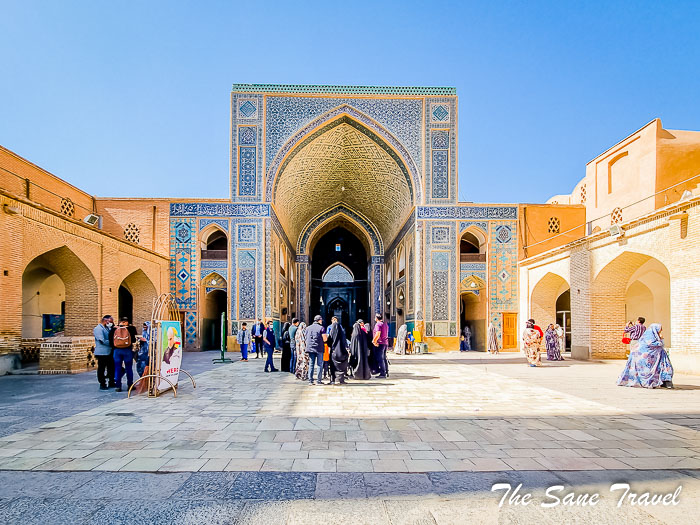 The Mosque also has rich and beautiful decorations and inscriptions.
The Mosque also has rich and beautiful decorations and inscriptions.
Tourist library in Rafiean family house
The tourist library building is one of the heritage buildings in Yazd that has lots of Iranian architectural elements, including a wind tower and Talar. 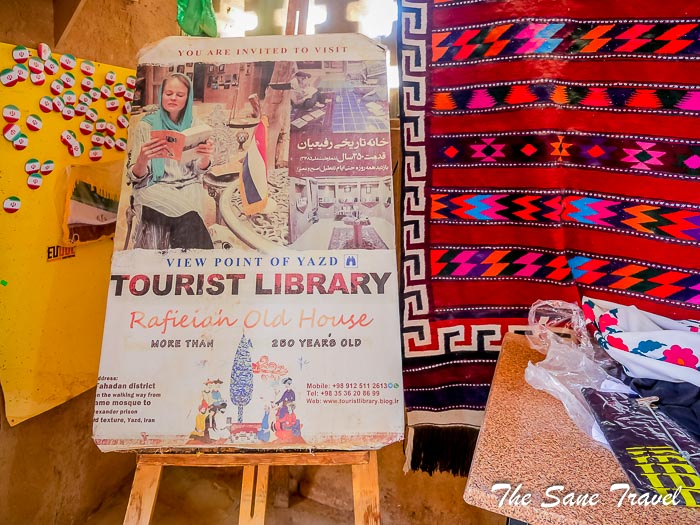

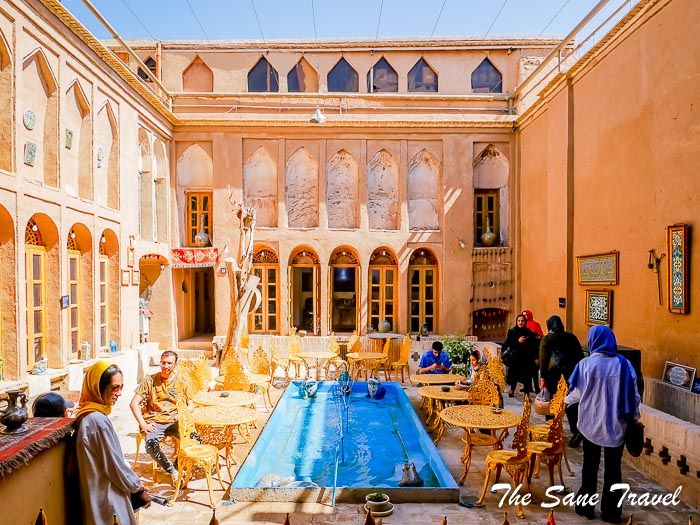
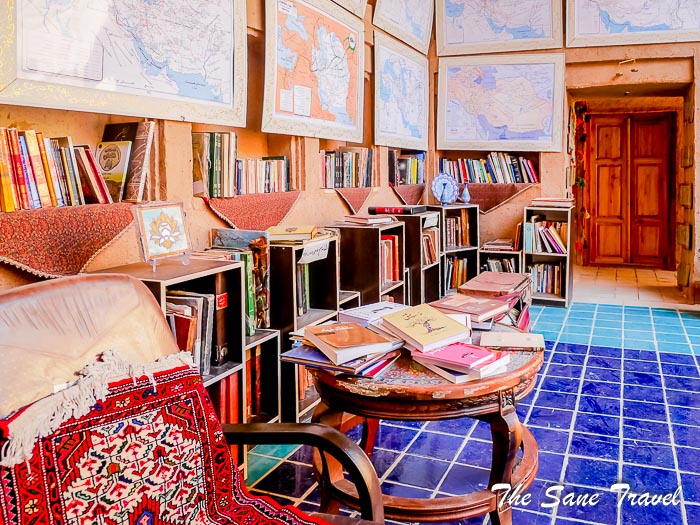 This 250 year’s old house was bought in 2014 by Mohsen Rafiean. Its rooftop provides a panoramic view of the town.
This 250 year’s old house was bought in 2014 by Mohsen Rafiean. Its rooftop provides a panoramic view of the town. It is a place where you can enjoy a cup of coffee from a local shop.
It is a place where you can enjoy a cup of coffee from a local shop.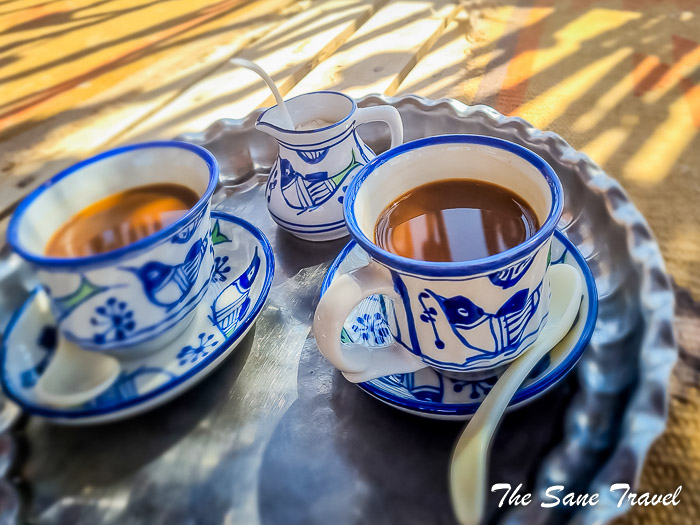
Dolat Abad Garden
Mohammad Taqi Khan Bafghi commissioned the stunning Dolat Abad Garden in 1750. He was the ruler of Yazd and commissioned several other historic buildings in the city, such as Khan School, square, and bazaar. Dolat Abad Garden is built according to the traditional principles of the Persian Garden, incorporating a symmetrical layout of fountain pools, cedar and pine trees, and a sophisticated irrigation system.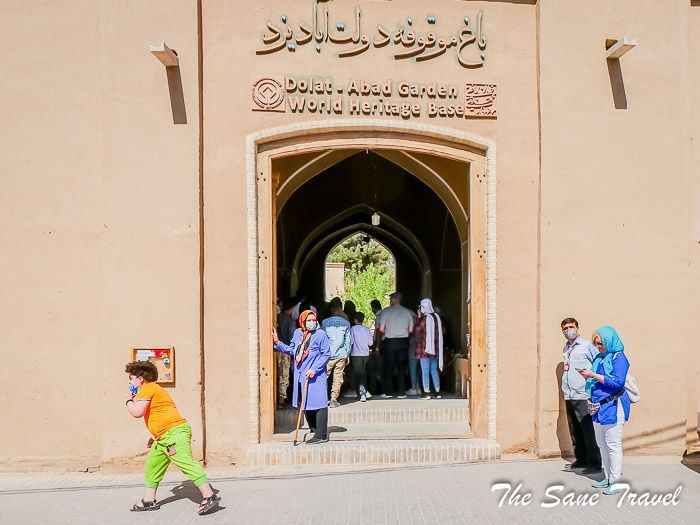
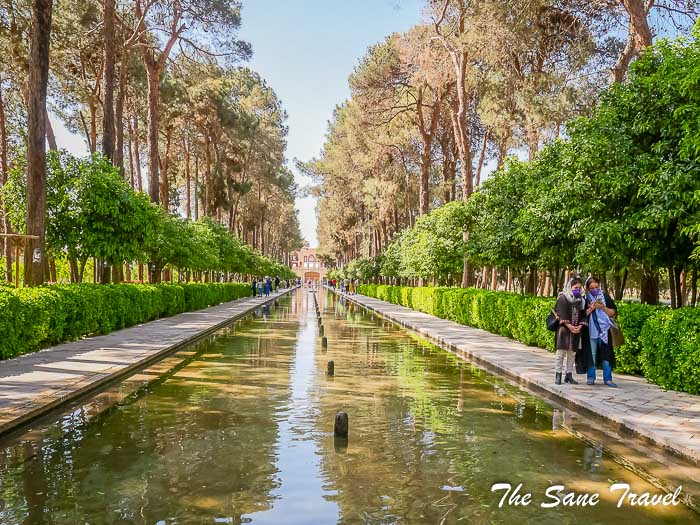
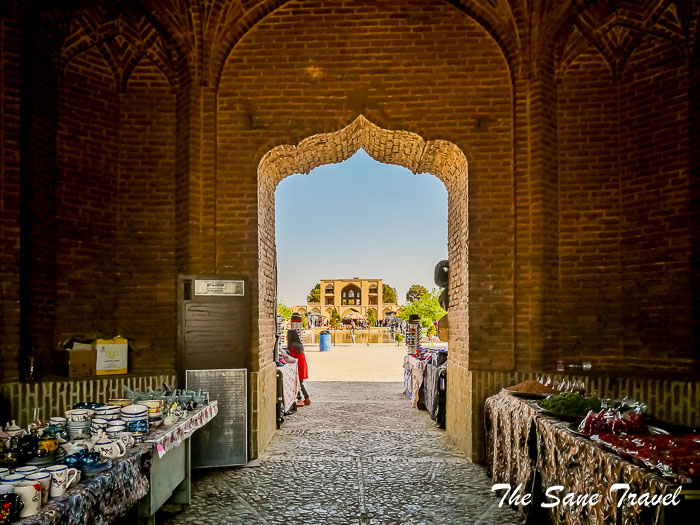
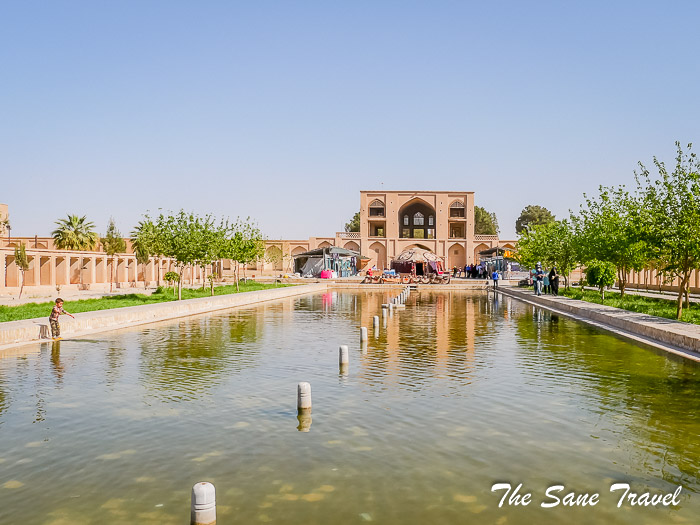
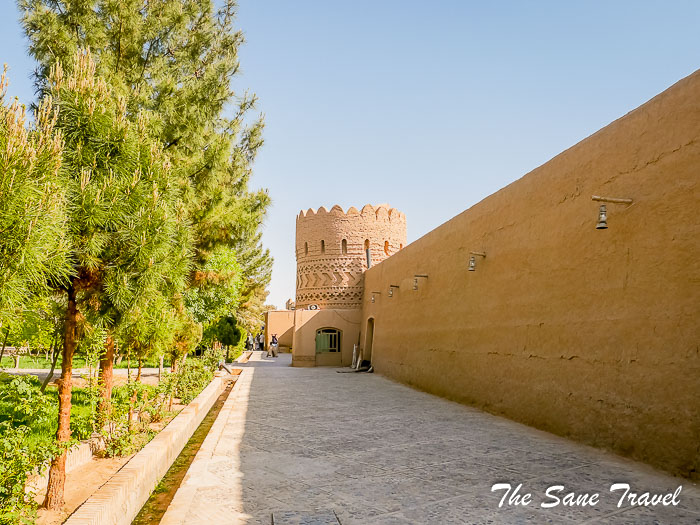 Its fame comes from the 34 metres (111 feet) high world’s tallest mud-brick wind tower (badgir).
Its fame comes from the 34 metres (111 feet) high world’s tallest mud-brick wind tower (badgir). 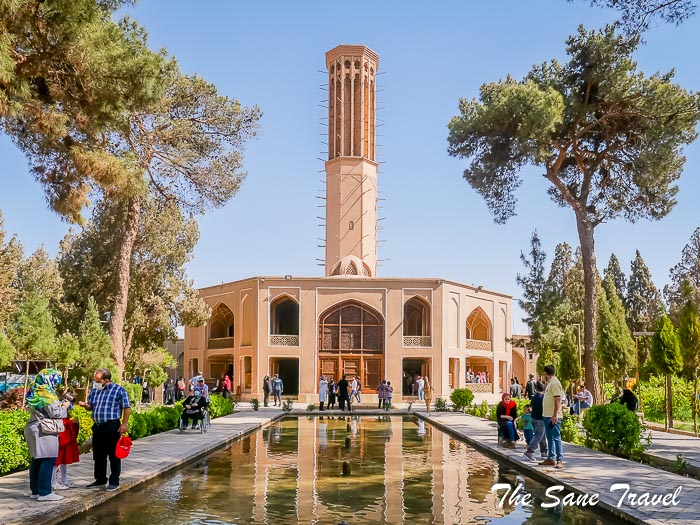
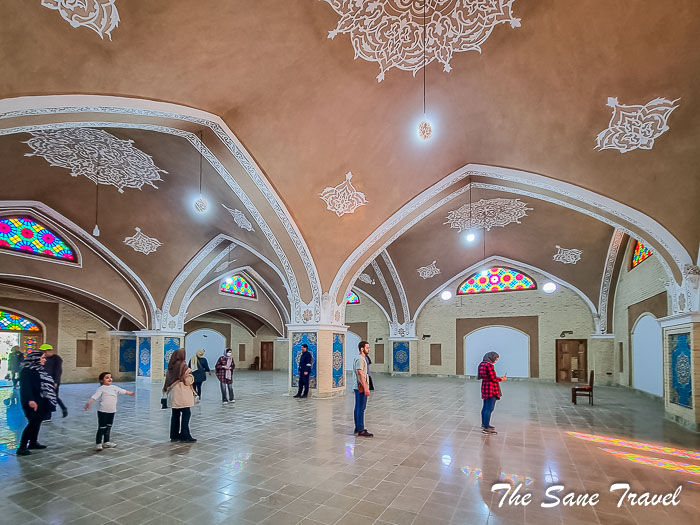 The garden covers an area of 40,000 square metres, consisting of a pavilion, other buildings, and two public and private gardens. The spacious garden in times of celebrations hosts a number of shops, displaying and selling the handicrafts of Yazd.
The garden covers an area of 40,000 square metres, consisting of a pavilion, other buildings, and two public and private gardens. The spacious garden in times of celebrations hosts a number of shops, displaying and selling the handicrafts of Yazd. 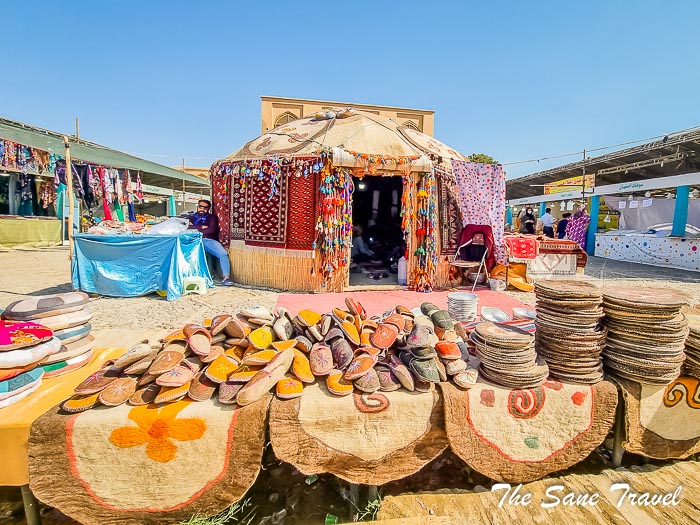 Dolat Abad Garden is among nine Iranian Gardens collectively inscribed on the UNESCO World Heritage List under the name of the Persian Garden in 2011.
Dolat Abad Garden is among nine Iranian Gardens collectively inscribed on the UNESCO World Heritage List under the name of the Persian Garden in 2011.
House of Sigari
The historic house of Akhavan Sigari is located near Amir Chakhmakh Square. With its distinctive features, this historic house is one of the unique examples of authentic Iranian architecture. It dates back to the time of the Qajar’s era, almost 200 hundred years ago. It has many different sections and architectural elements.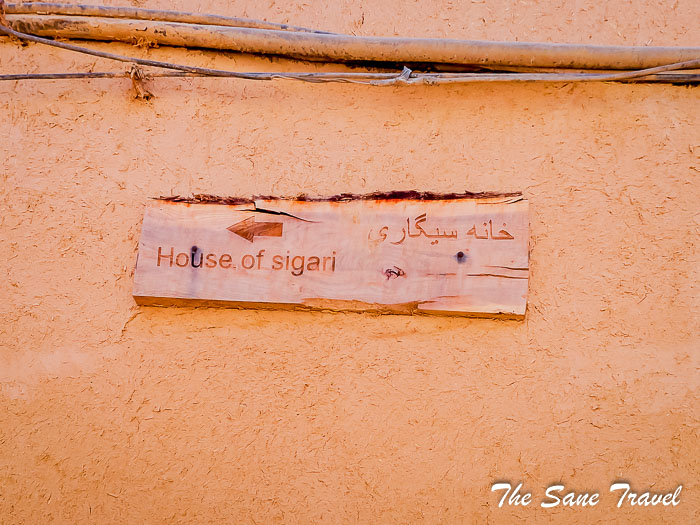
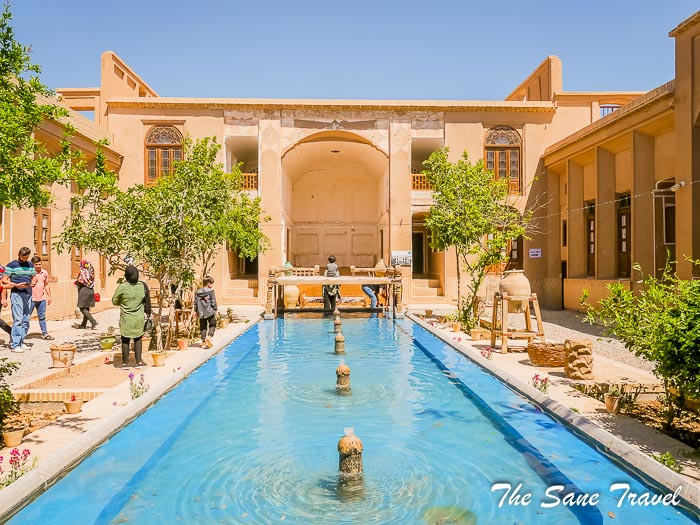
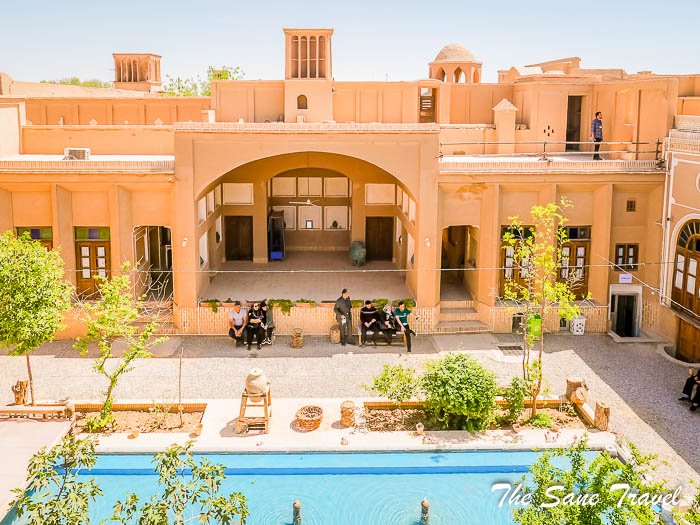
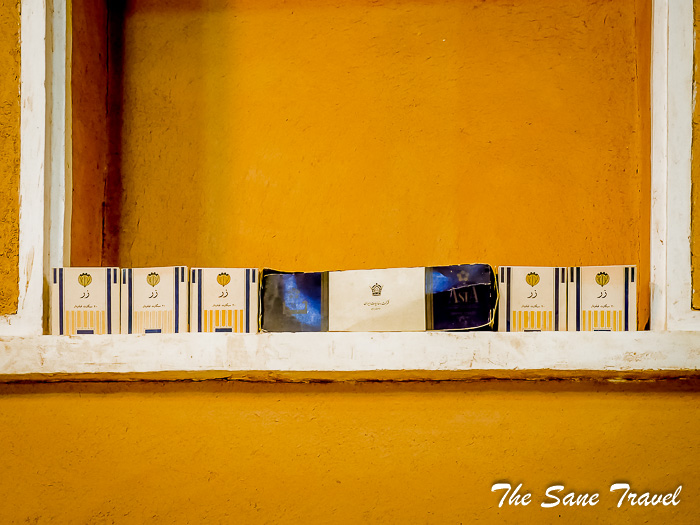
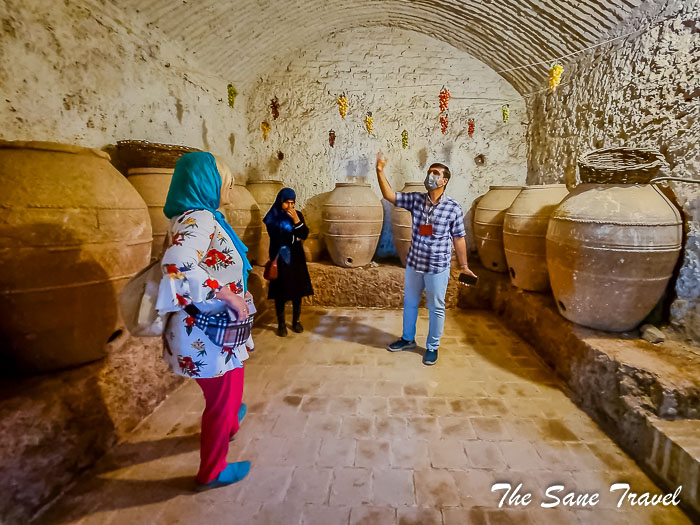
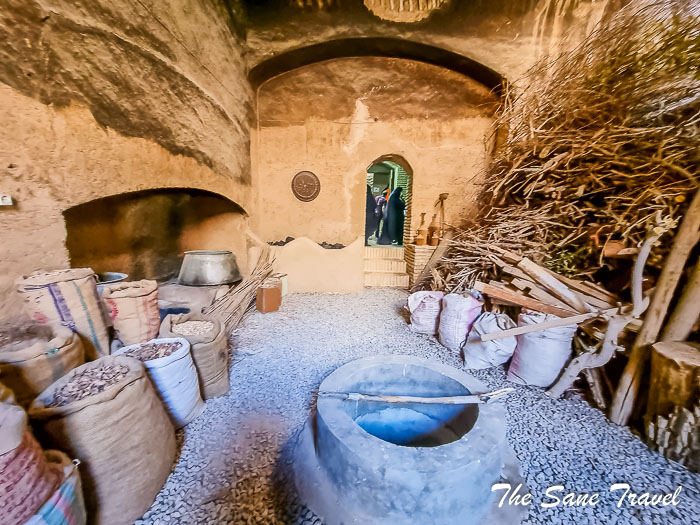
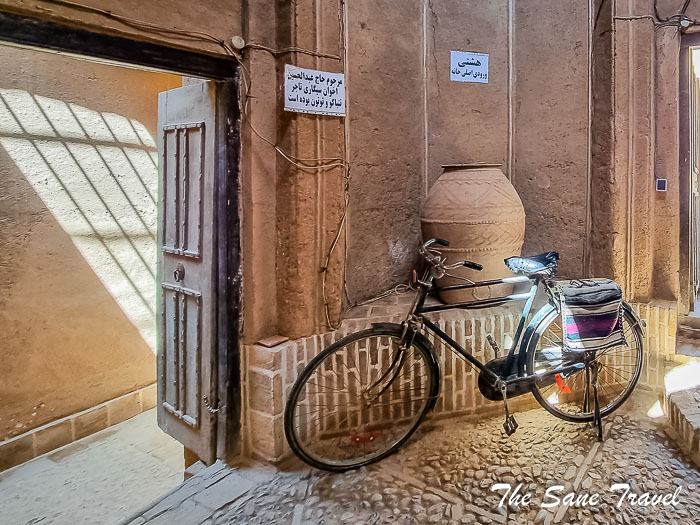
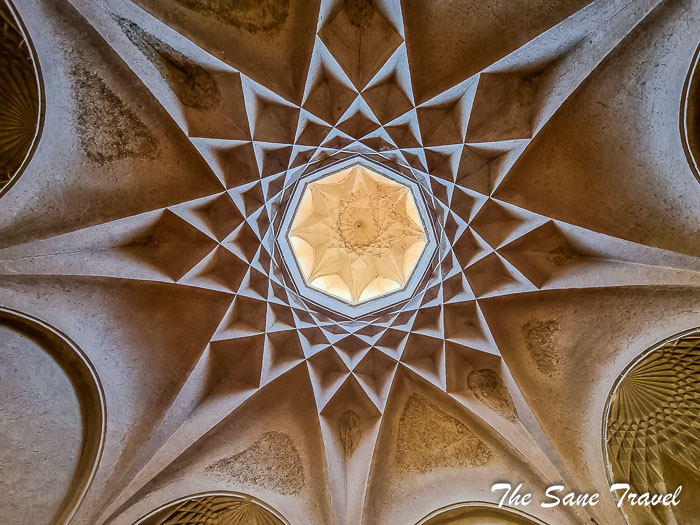 Travellers can spend a night at the hostel located on the property.
Travellers can spend a night at the hostel located on the property.
Address: No 44, 21 Alley, Imam Street
Yazdi Coffee House
Although tea is considered the traditional Iranian drink, Yazdi coffee is a delicious Iranian-style coffee special to the city of Yazd. The locals prepare the drink using coffee, water, and sugar and let it boil for 7 hours. Then, they add a little cardamom. Finally, they boil coffee again. Ejoy!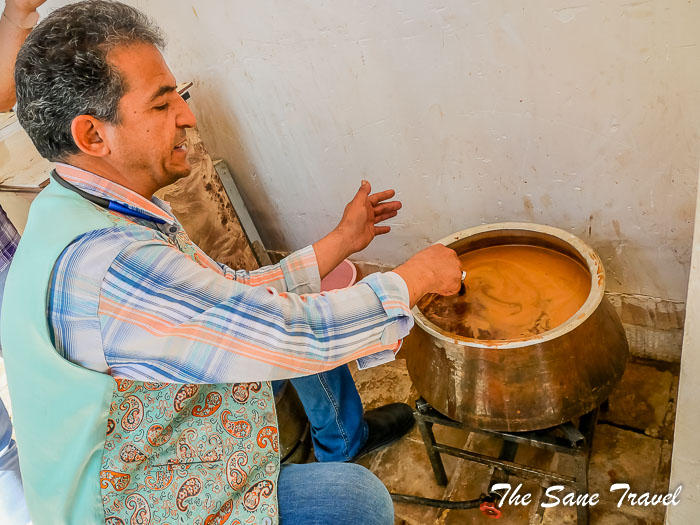
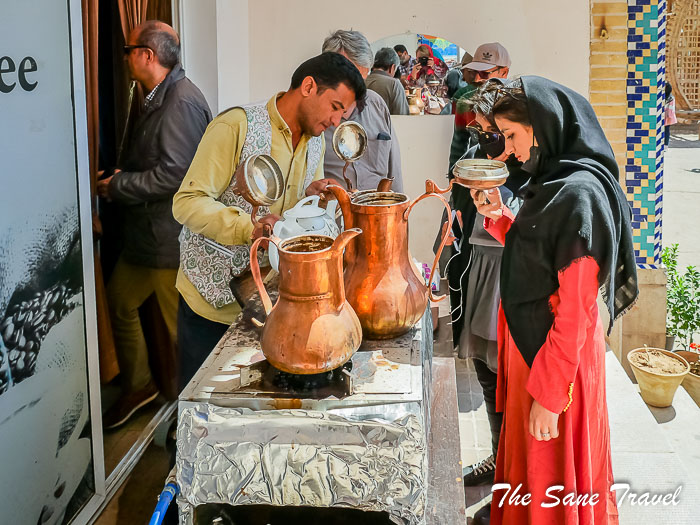
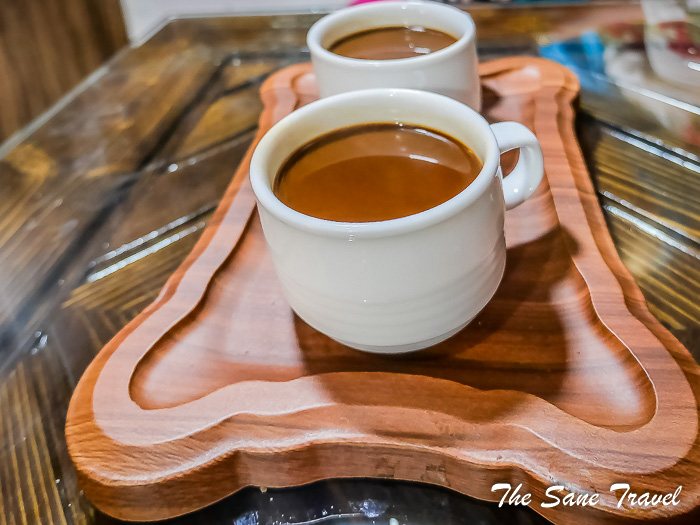
Saheb-a Zaman Zurkhaneh
Zurkhaneh, literally “House of Strength”, is a gymnasium where the Iranian traditional heroic sport is practised. Interestingly, this Zurkhaneh used to be a water reservoir 500 years ago. Ancient Zoroastrians believed that the development of physical alongside mental strength could be used to enhance spirituality. Way before bodybuilding, Persians used to practice weightlifting in Zurkhaneh. Zurkhaneh ritual is a traditional heroic sport in Iran combining martial arts, strength training, and music. It contains elements of pre-Islamic and post-Islamic Persian culture. You can enjoy an exciting show watching athletes in colourful uniforms playing and tossing 20-30 kilograms weighing meels (huge wooden mallet/dumbbells) in the air and ending your night with a visit to the magnificent Aab-Anbar underground water system.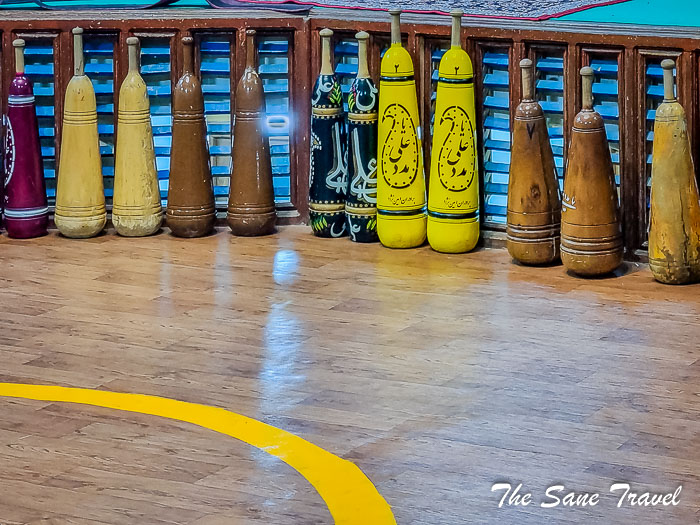
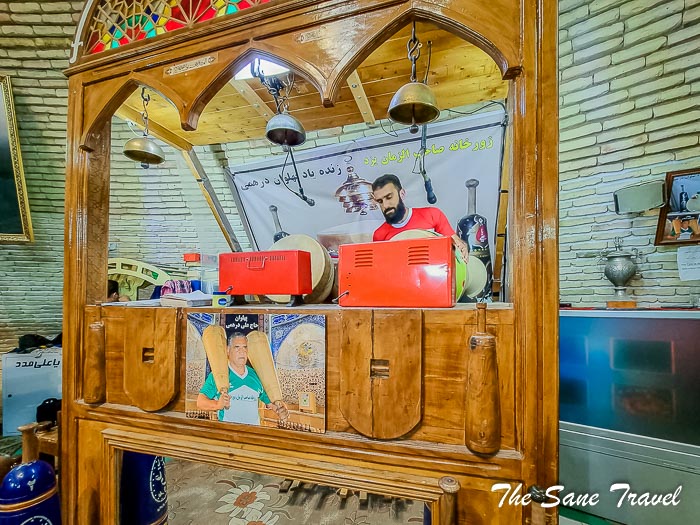
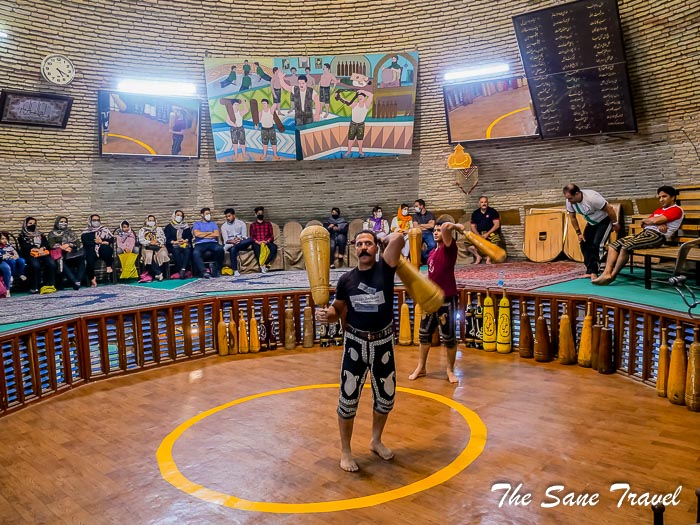

Zoroastrian attractions
Yazd is the home of the Zoroastrian religion. Being the oldest monotheistic religion in the world, Zoroastrianism was the official religion of Iran before Islam. 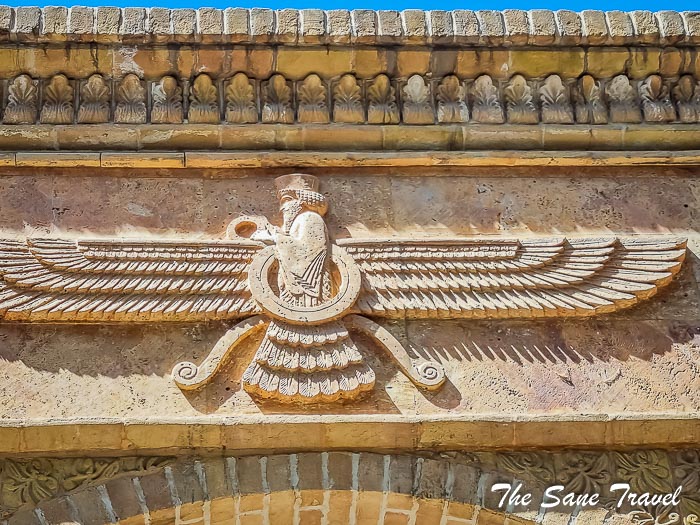
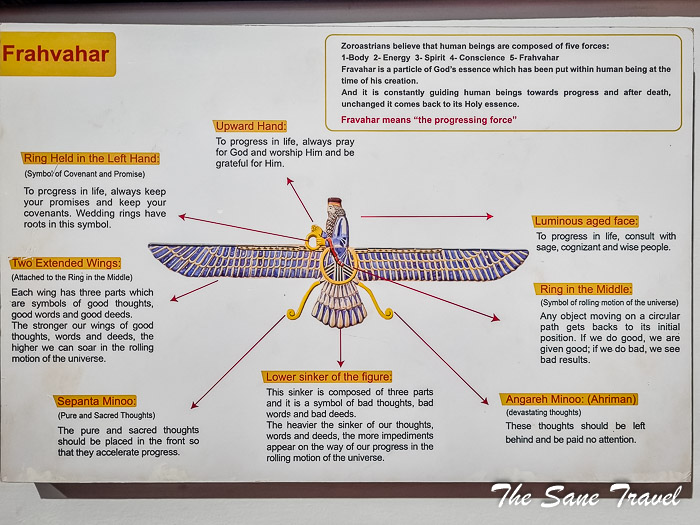 However, Islam did not erase all the traces of Zoroastrianism, and a minority of Zoroastrians still practice their ancestral religion. Zoroastrians believe in an all-powerful god called Ahura Mazda. There are a lot of places in Yazd where visitors can learn about this religion and its rituals. A few of them are listed below.
However, Islam did not erase all the traces of Zoroastrianism, and a minority of Zoroastrians still practice their ancestral religion. Zoroastrians believe in an all-powerful god called Ahura Mazda. There are a lot of places in Yazd where visitors can learn about this religion and its rituals. A few of them are listed below.
The Zoroastrian Fire Temple of Yazd
In Zoroastrianism, fire is one of the most revered symbols. Therefore, many fire temples have been built throughout history to keep the sacred fire alive. One of these fire temples is the fire temple of Yazd. The main building is located in the middle of the courtyard and is surrounded by tall cypress, pines, and evergreen trees. 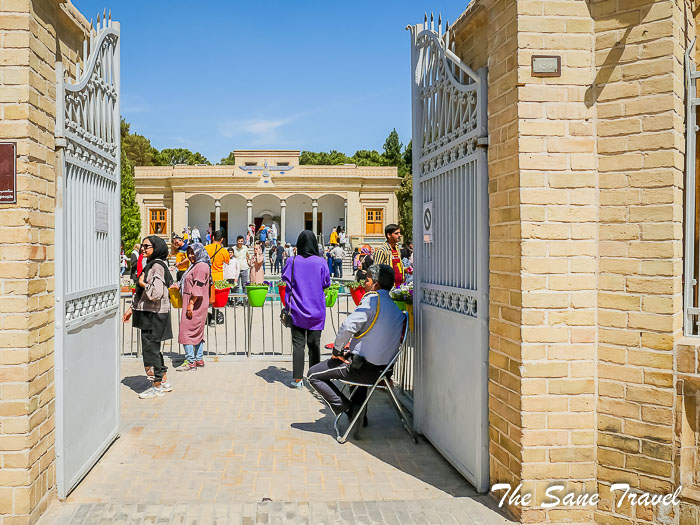
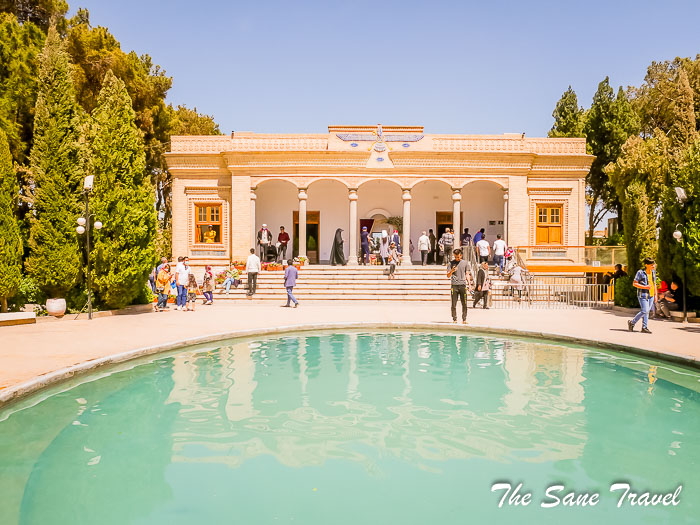 There is a holy fire within a large firebox made of brass which must always be on. The other rooms around are designed for ceremonies and worshipping. The main hall of the temple can be reached by stairs. More than 1,500 years old fire, Atash Bahram, is burning in a brass vessel kept in a glass chamber.
There is a holy fire within a large firebox made of brass which must always be on. The other rooms around are designed for ceremonies and worshipping. The main hall of the temple can be reached by stairs. More than 1,500 years old fire, Atash Bahram, is burning in a brass vessel kept in a glass chamber. 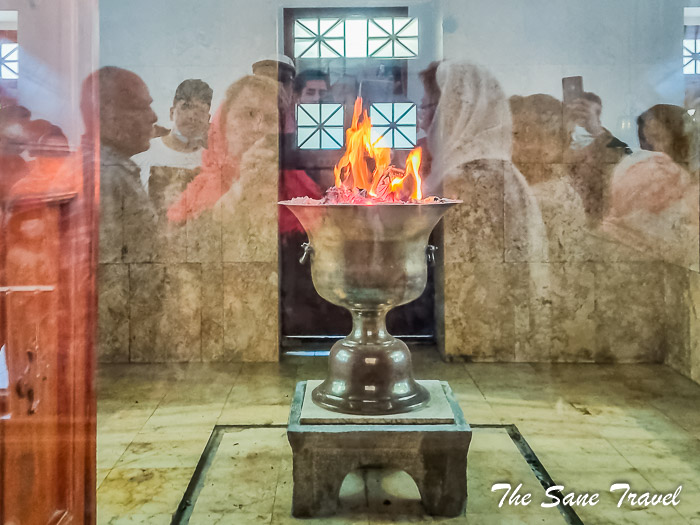 The sacred fire was brought to Yazd about a thousand years ago and then moved to the fire temple in 1934. No one can enter the fire sanctum but the priest (Hirbod), who takes care of the fire. On the walls of the hall, you will find portraits of the ancient Iranian prophet Zoroaster and quotes from the Gatha, the Zoroastrian scripture.
The sacred fire was brought to Yazd about a thousand years ago and then moved to the fire temple in 1934. No one can enter the fire sanctum but the priest (Hirbod), who takes care of the fire. On the walls of the hall, you will find portraits of the ancient Iranian prophet Zoroaster and quotes from the Gatha, the Zoroastrian scripture.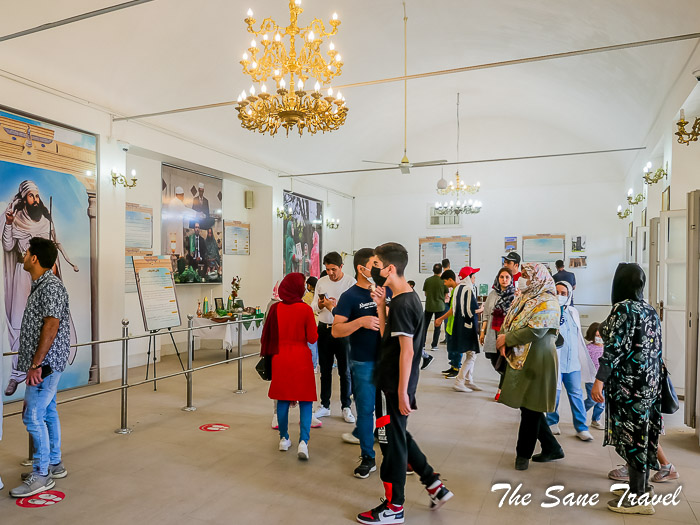
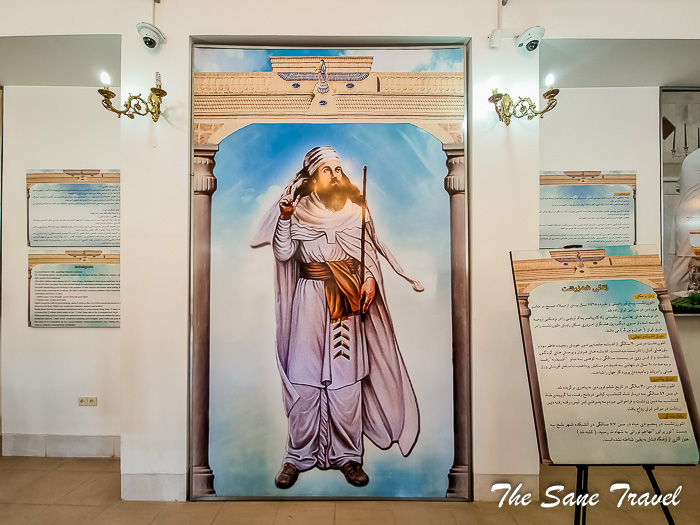
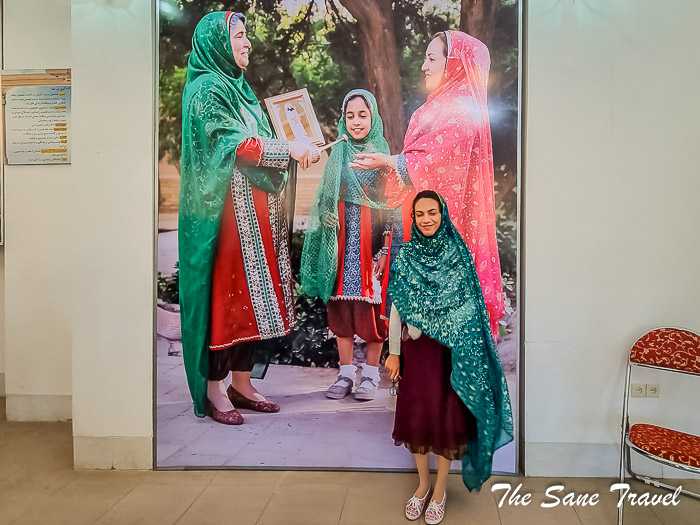 A large circular pond at the entrance adds to the beauty of this site.
A large circular pond at the entrance adds to the beauty of this site.
Towers of Silence
Zoroastrians constructed two towers near Yazd to hold the burial of their dead. And today, they are one of the most significant memorial places of Zoroastrians in Iran. Based on their religious beliefs, Zoroastrians used to put the bodies of the dead in the towers so that vultures fed on them until nothing was left except their bones. There were no graves. Therefore, the dead bodies' bones remained in the same towers, put in wells, and doused in strong acid on them. This burial method was common for a long time until it was banned in the 20th century. The towers are located 15 kilometres southeast of Yazd City. According to historical documents, both of them were used periodically for six months each.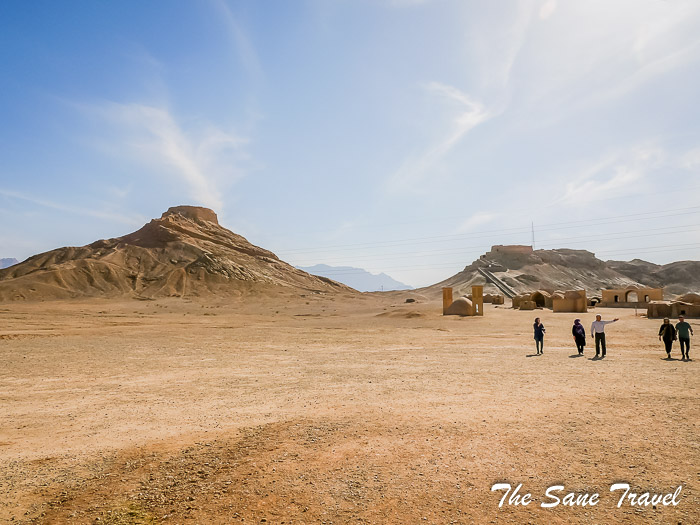
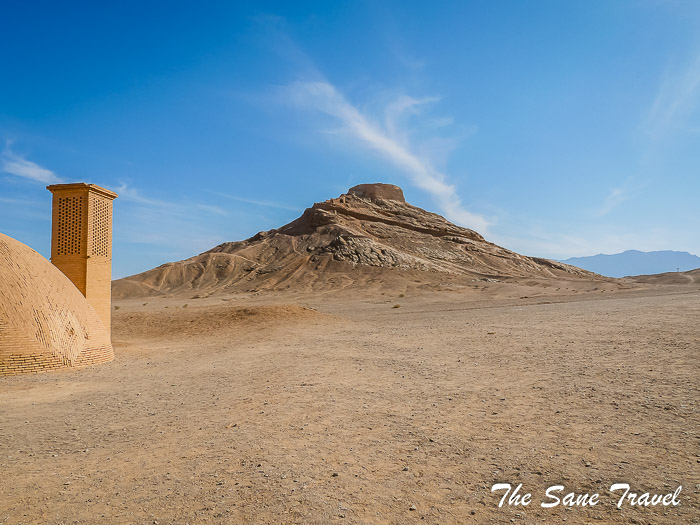
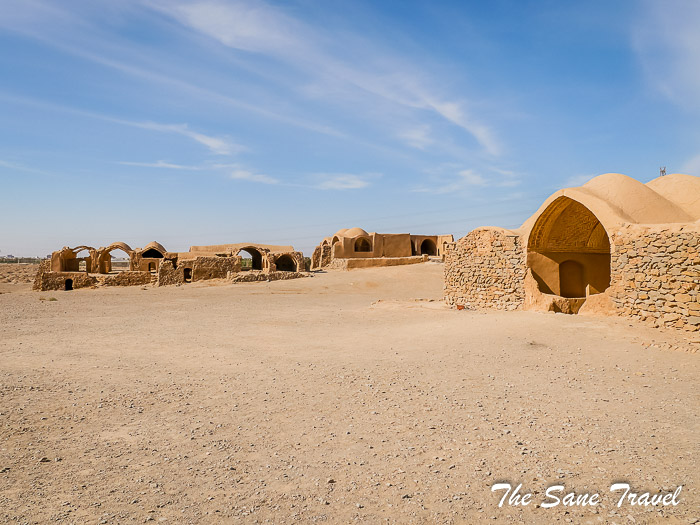
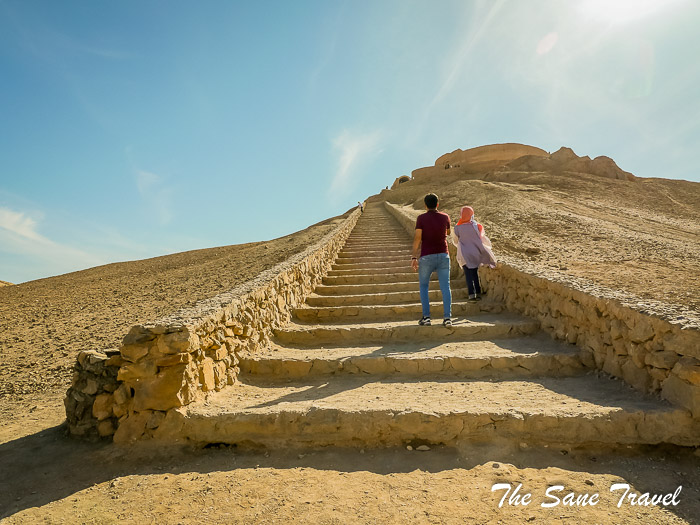
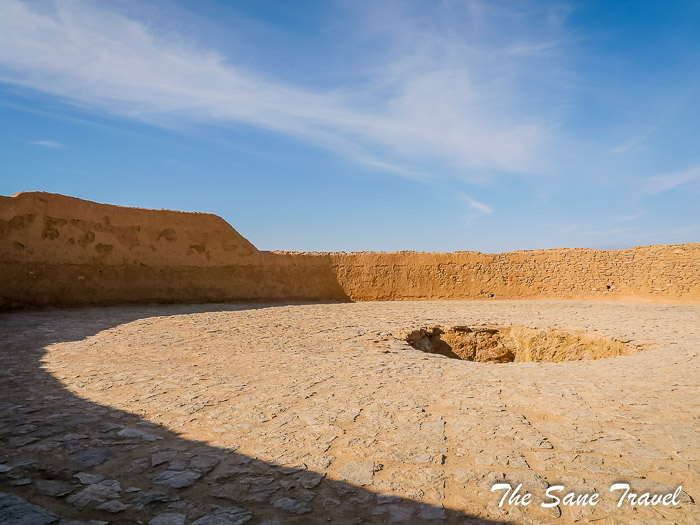
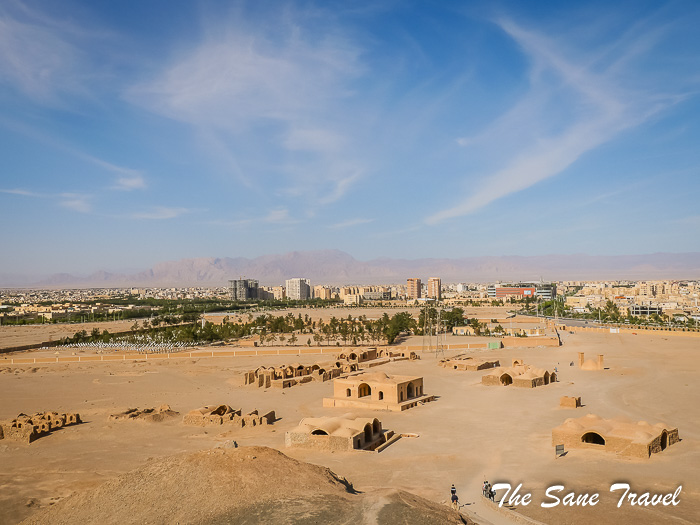
Markar Historical Complex
Markar Complex was named after its founder Pashootan Ji Dusabhai Markar, a Persian man who lived in India, devoting himself to establishing educational facilities for all Iranians and Zoroastrians in Yazd. Markar School, opened by him in 1934, consists of a school with 18 rooms and a large hall with 800 people capacity and a nursery with three bedrooms, nine rooms, a basement, and several management rooms. The Markar Museum, known as the Museum of Zoroastrian History and Culture, was opened in 2015 at the historical building of Markar Nursery.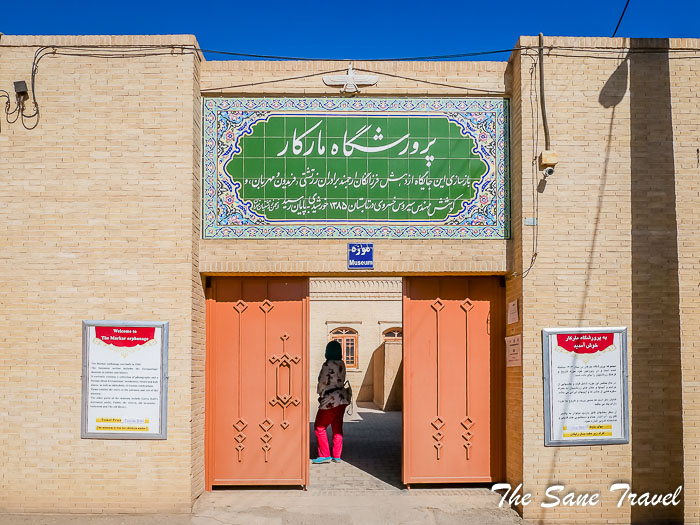
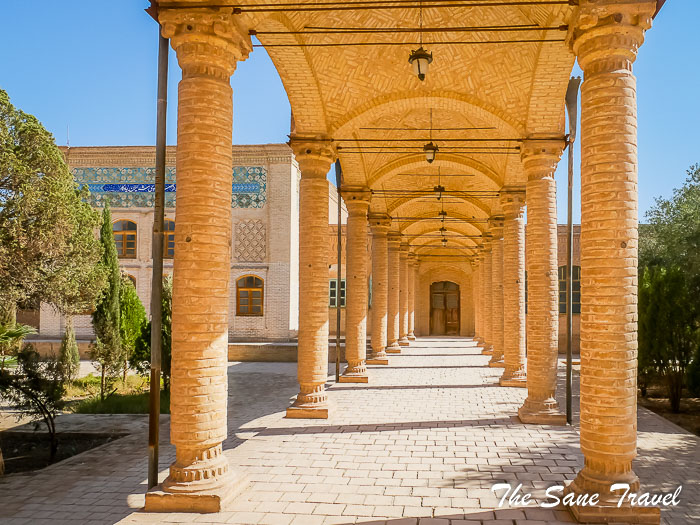
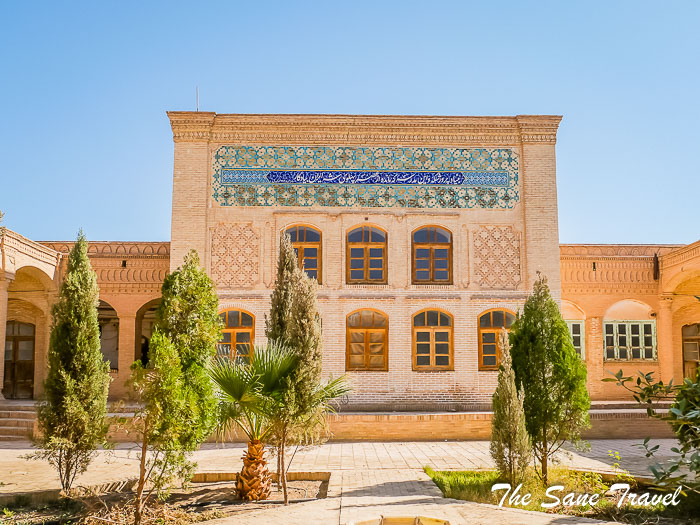 First, you can learn about the history of Markar Complex and Markar biography.
First, you can learn about the history of Markar Complex and Markar biography. 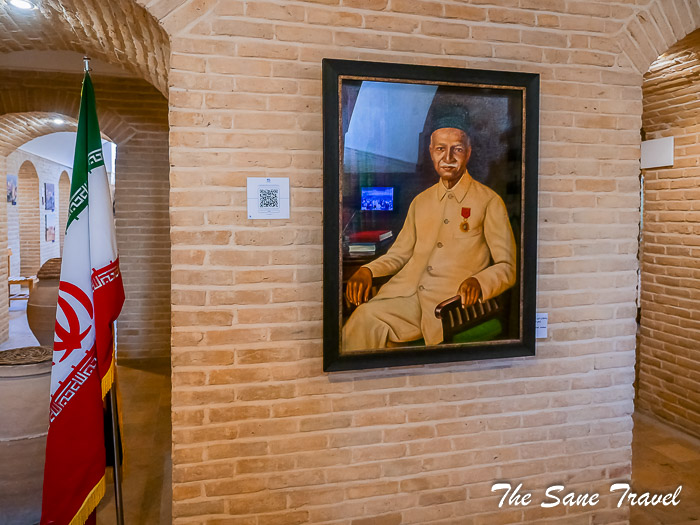 Afterwards, you can see exhibits about the traditional Zoroastrian celebrations, rites and occasions, Zoroaster, Gathas, and important Zoroastrian monuments.
Afterwards, you can see exhibits about the traditional Zoroastrian celebrations, rites and occasions, Zoroaster, Gathas, and important Zoroastrian monuments.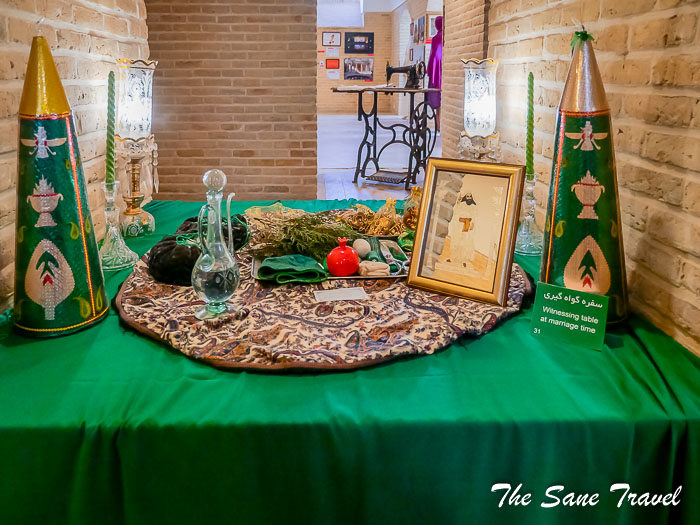
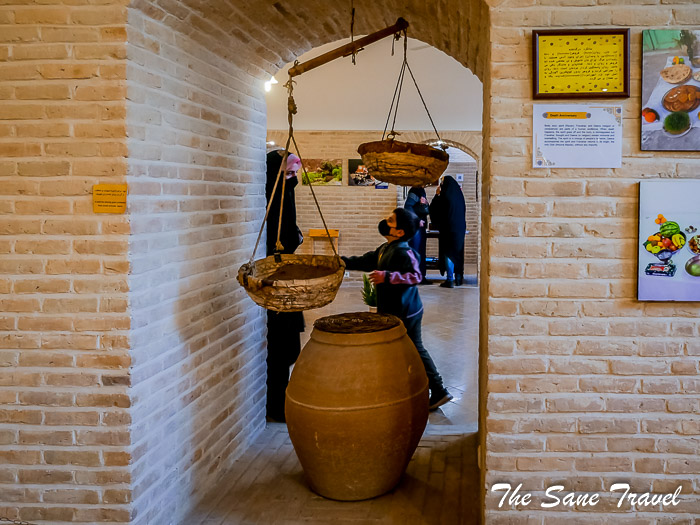
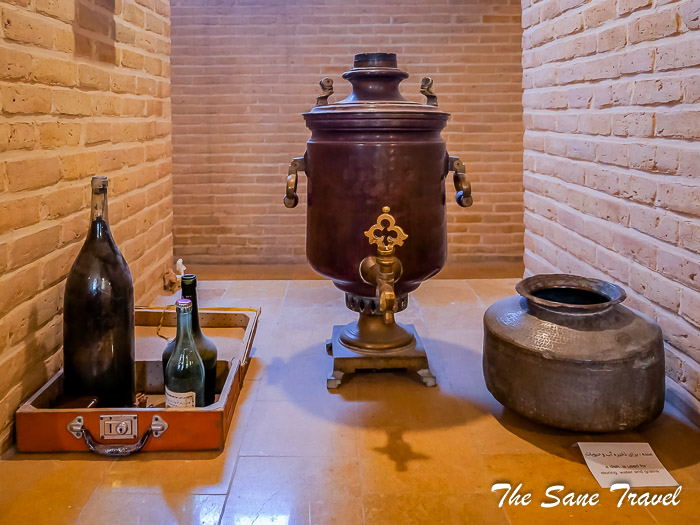
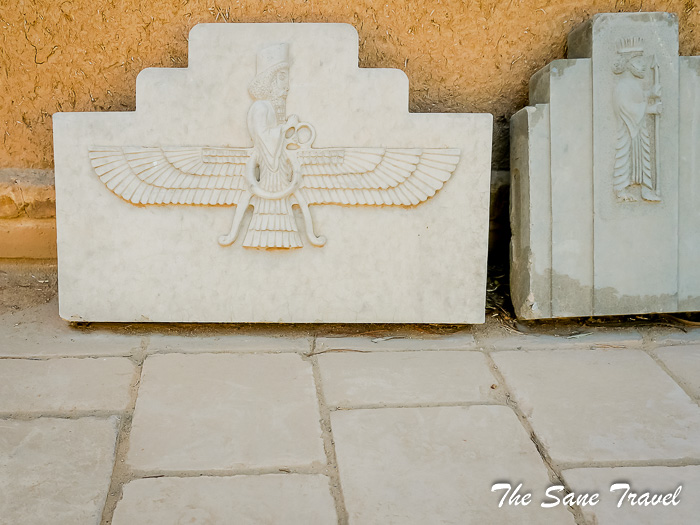 Address: Markar Square, Farsh-e Mashhad Alley, Markar Nursery.
Address: Markar Square, Farsh-e Mashhad Alley, Markar Nursery.
The Museum of Manuscripts and Historical Documents
This new museum houses a collection of manuscripts and documents of Arbab Mehraban Poulad (1883–1936), a successful merchant and well known Zoroastrian.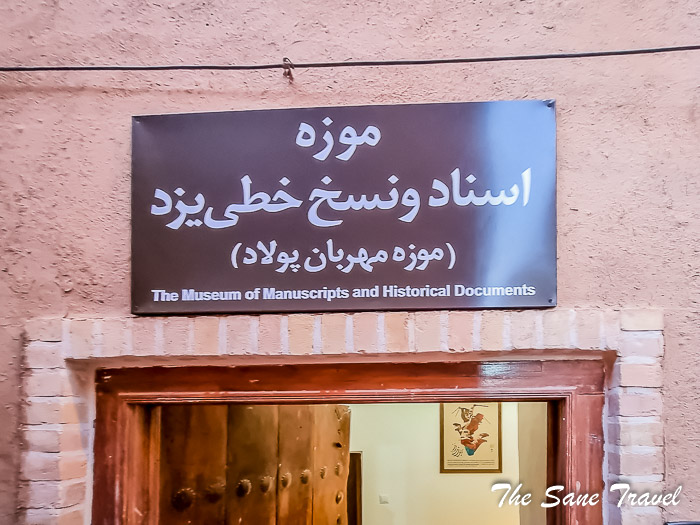 He had business relations with many countries, including England, India, China, and Iraq. The museum exhibits more than 12,000 documents, including historical books, letters and contracts brought together by Iranian collector Mehraban Puladin.
He had business relations with many countries, including England, India, China, and Iraq. The museum exhibits more than 12,000 documents, including historical books, letters and contracts brought together by Iranian collector Mehraban Puladin. 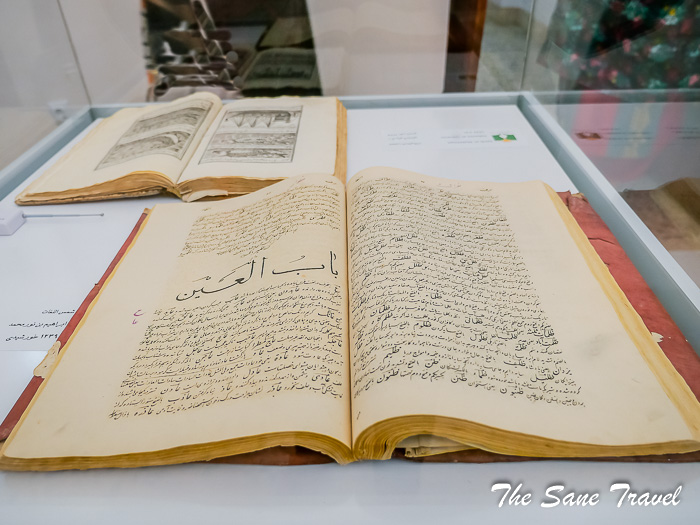 Zoroastrian traditions and customs and religious ceremonies are also exhibited in the museum.
Zoroastrian traditions and customs and religious ceremonies are also exhibited in the museum. 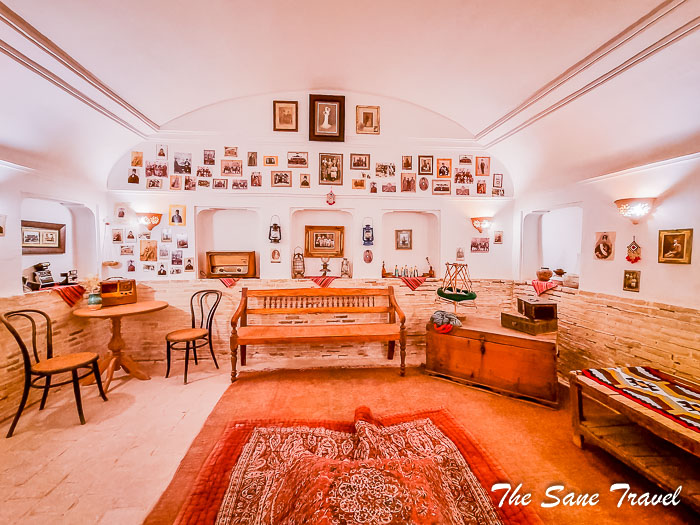
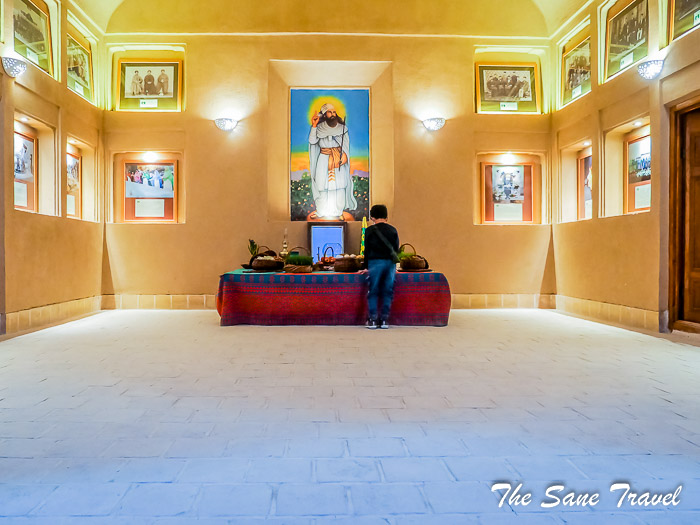 If you join a guided tour you may be invited to try traditional Zoroastrian dishes.
If you join a guided tour you may be invited to try traditional Zoroastrian dishes.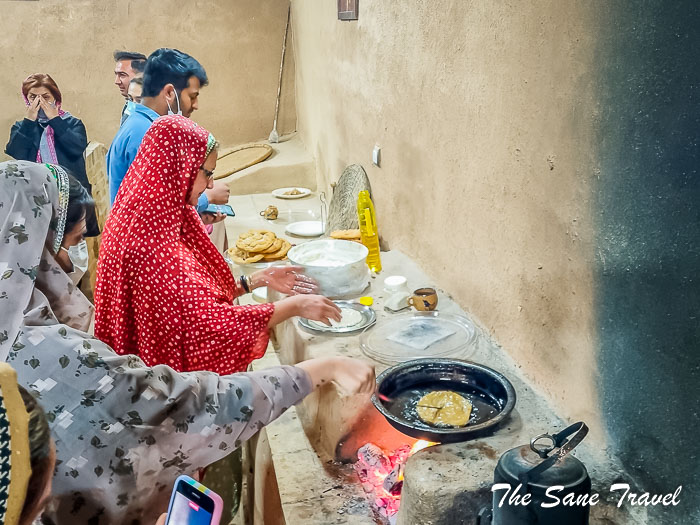
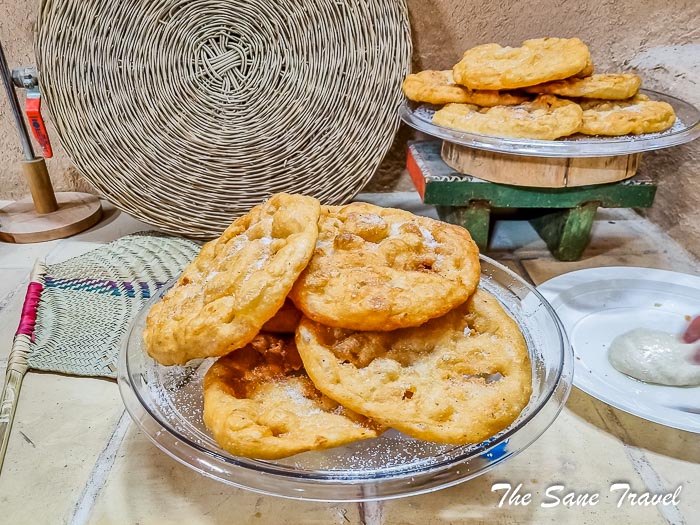
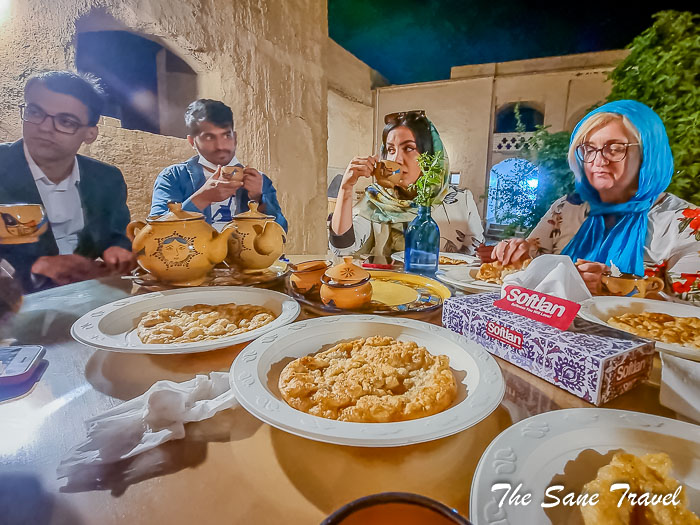
Practical information
You will need two days to see all the sights described in this article. If you want to learn about Yazd and Zoroastrian history and traditions, it is best to hire a tour guide who is Zoroastrian himself. I was happy with my guide Sohrab Moobed. 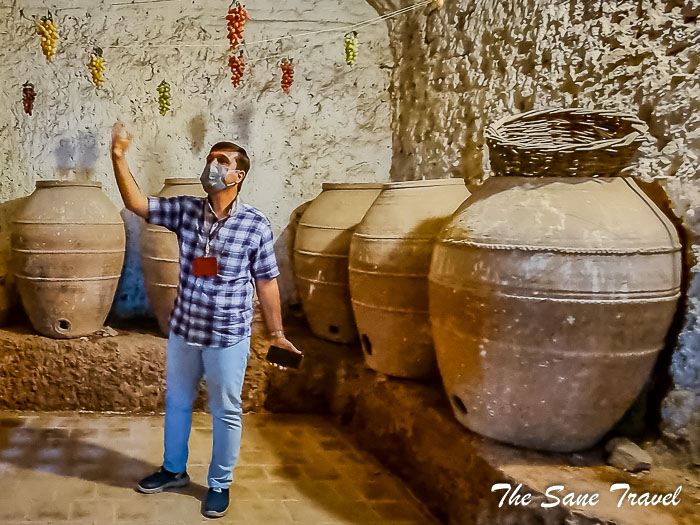
Like it? Pin it!
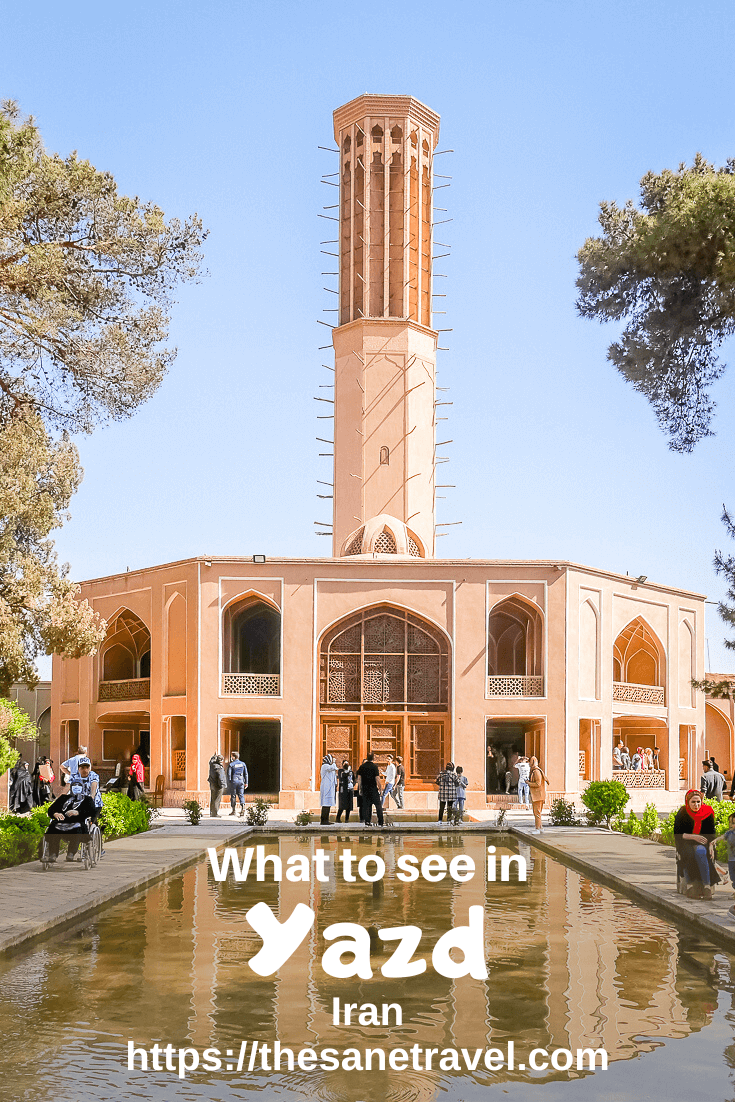
What did you think? Have you visited Iran and Yazd? I’d love to hear from you so please add your comment below.
Author: Anita Sane

About the author
Anita is a part-time traveller, passionate photographer and a retired career woman from Latvia, travelling mostly solo for more than 15 years. She is a skilled travel planner who plans and executes her travels by herself. Anita wants to show you how to travel the world and open your mind to new experiences. Follow her on Facebook, Instagram, Pinterest, Twitter and Bloglovin.






Report
My comments